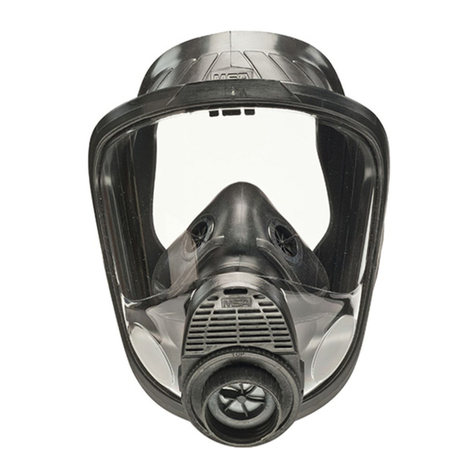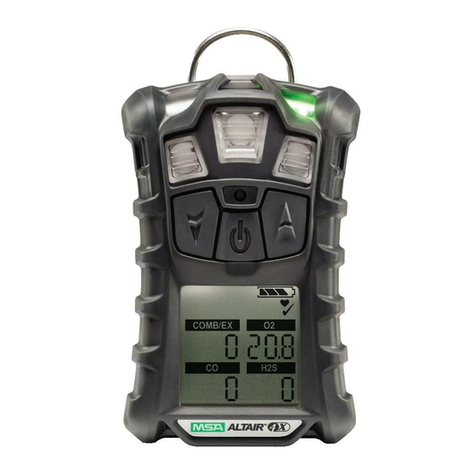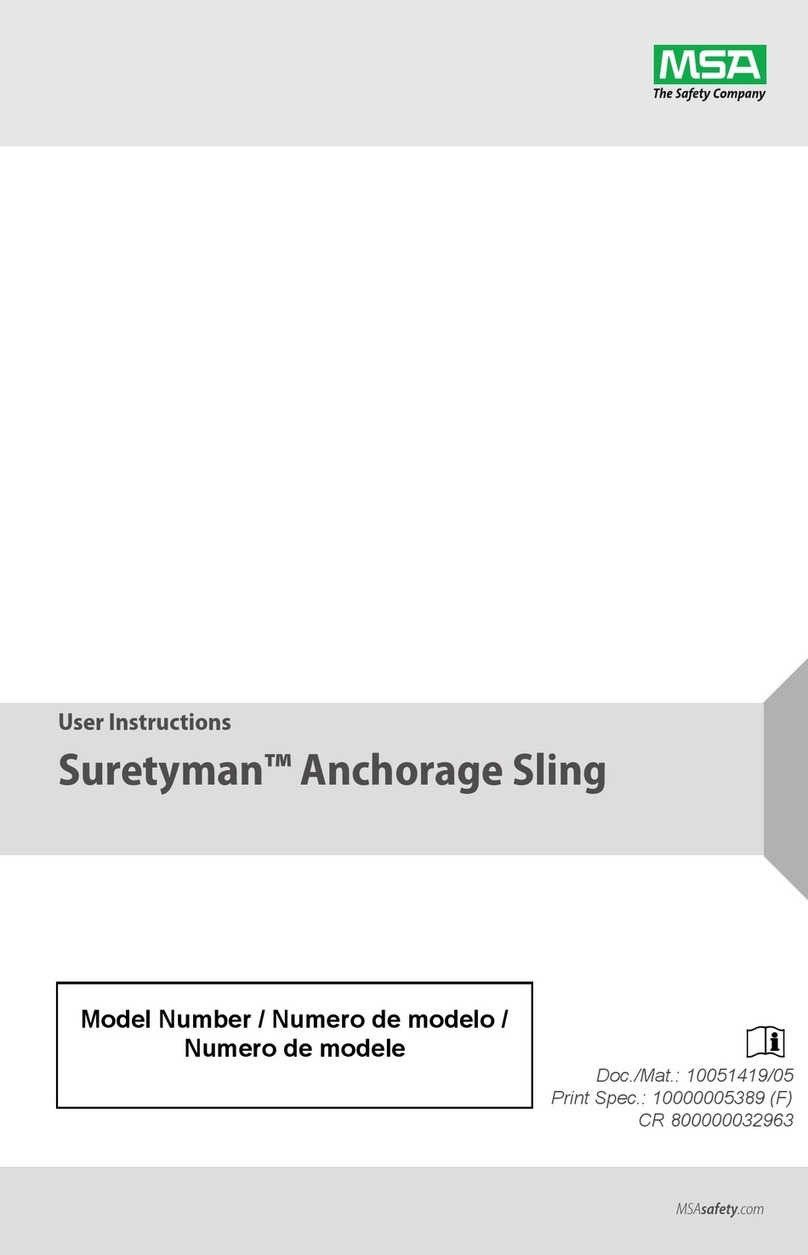MSA Sirius User manual
Other MSA Security Sensor manuals
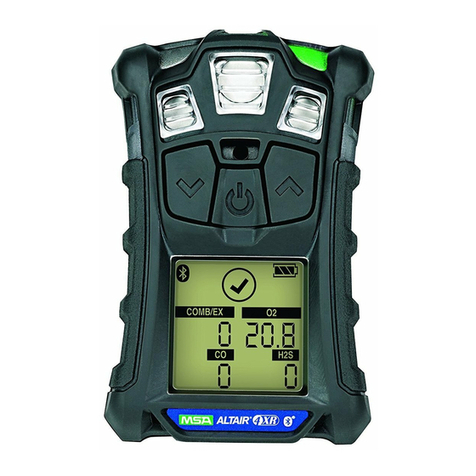
MSA
MSA ALTAIR 4XR User manual
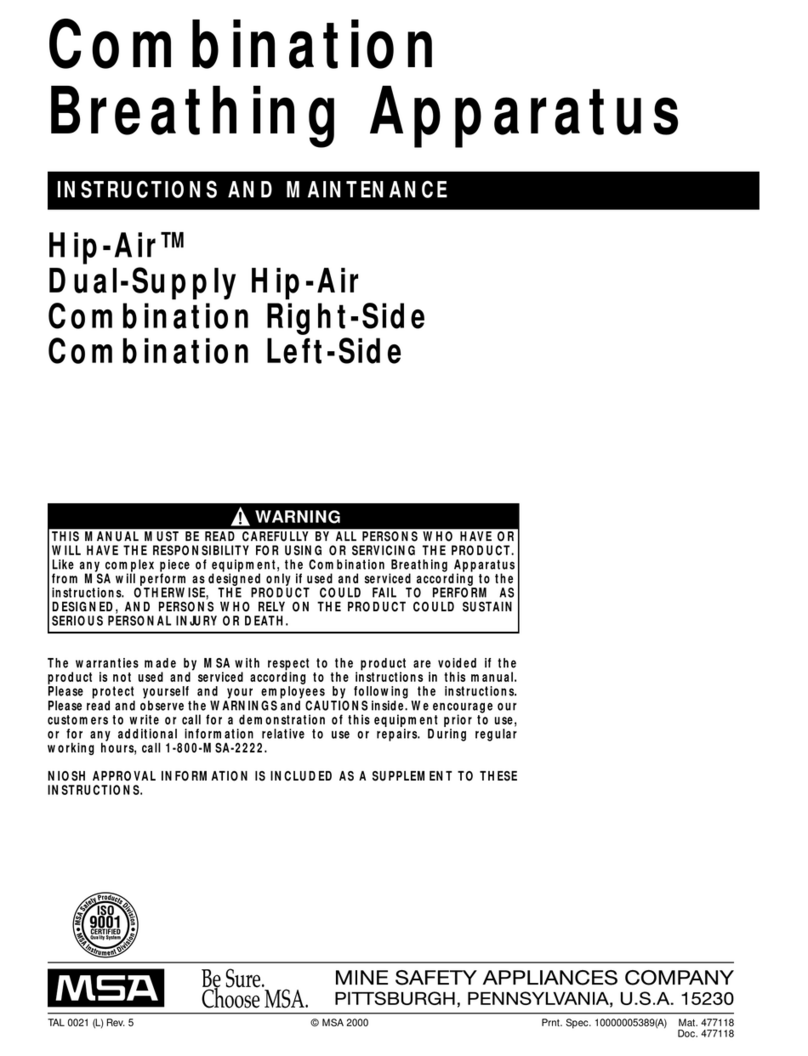
MSA
MSA Hip-Air Instructions for use
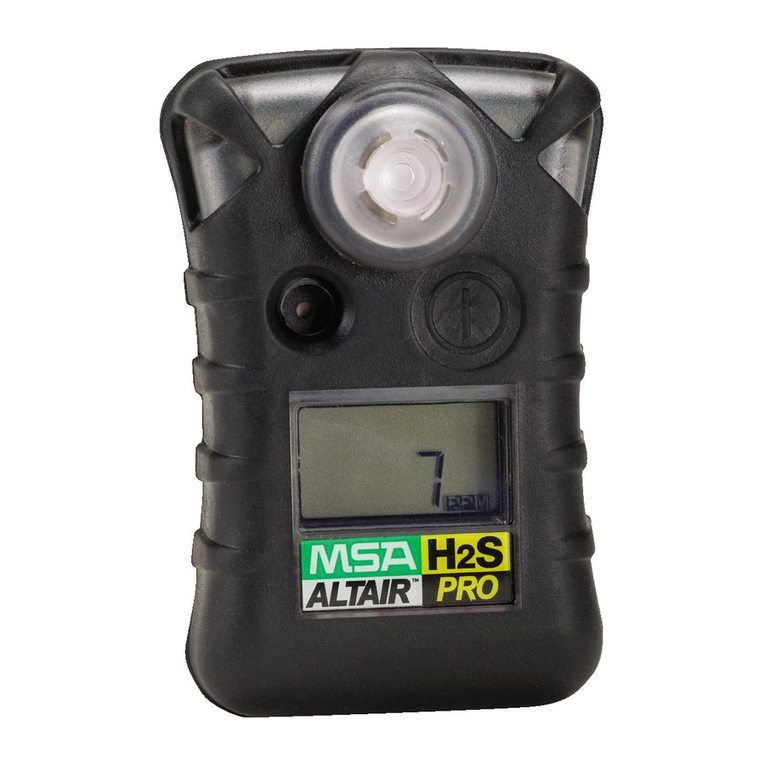
MSA
MSA Altair User manual
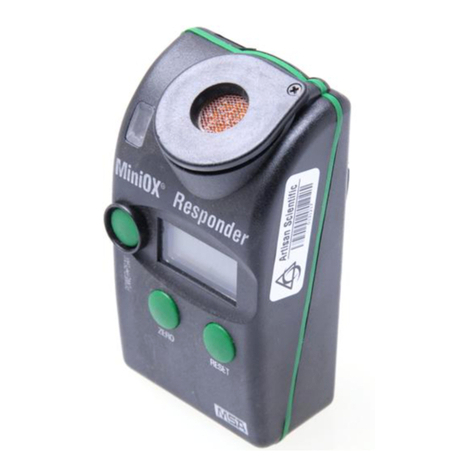
MSA
MSA MiniOX 710965 User manual
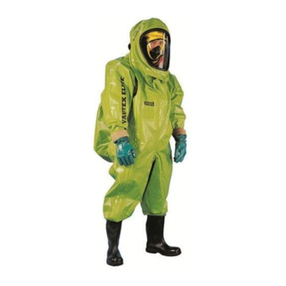
MSA
MSA Vautex Elite S User manual
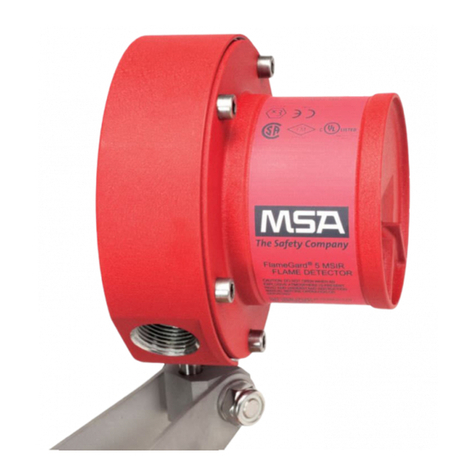
MSA
MSA FlameGard 5 MSIR HART User manual
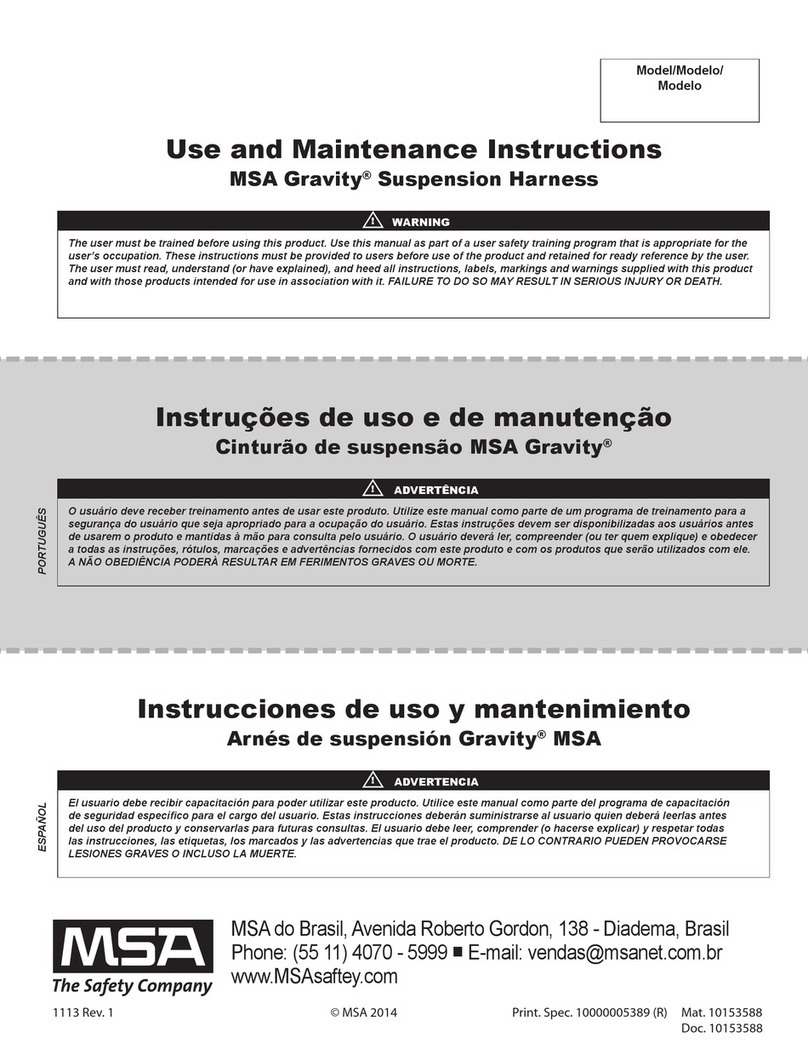
MSA
MSA Gravity Operation instructions

MSA
MSA OptiVizor User manual
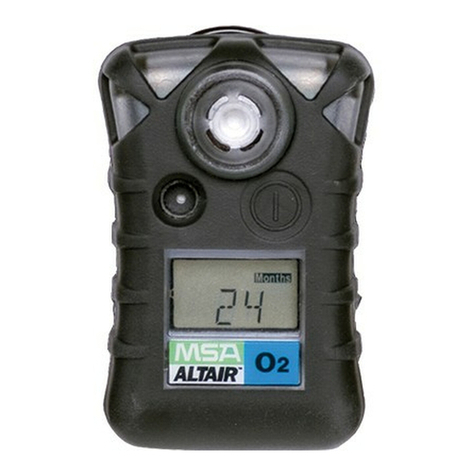
MSA
MSA ALTAIR CO User manual
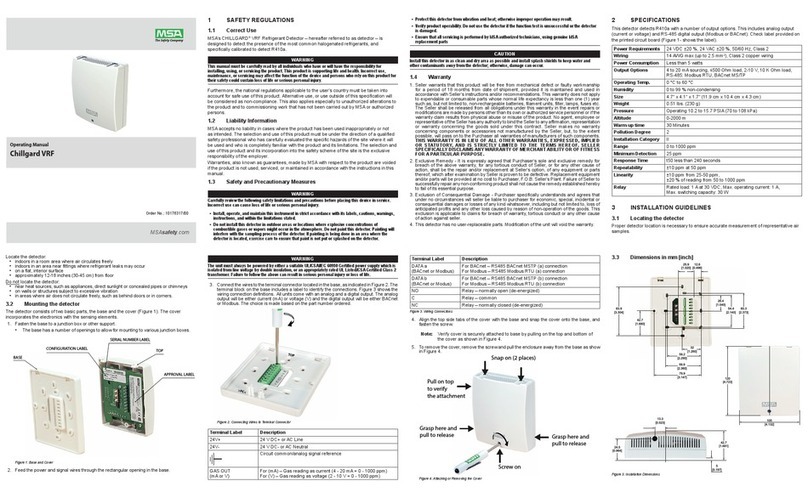
MSA
MSA Chillgard VRF User manual
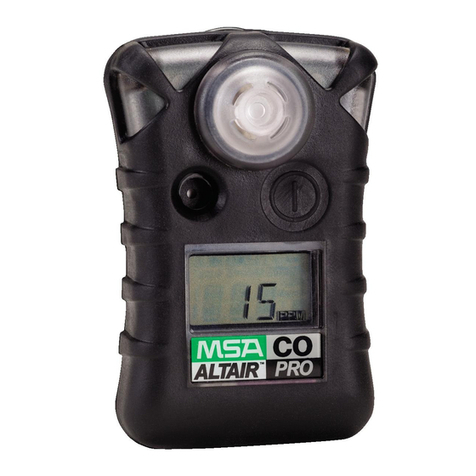
MSA
MSA ALTAIR PRO H2S User manual
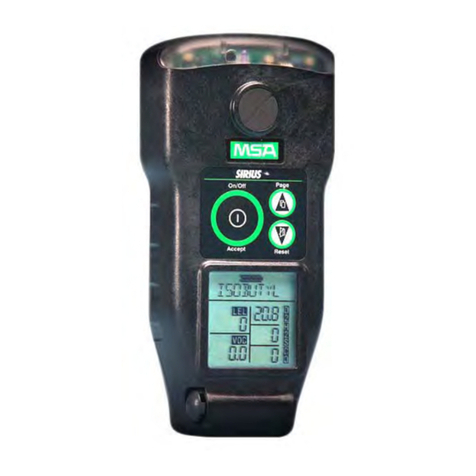
MSA
MSA Sirius User manual
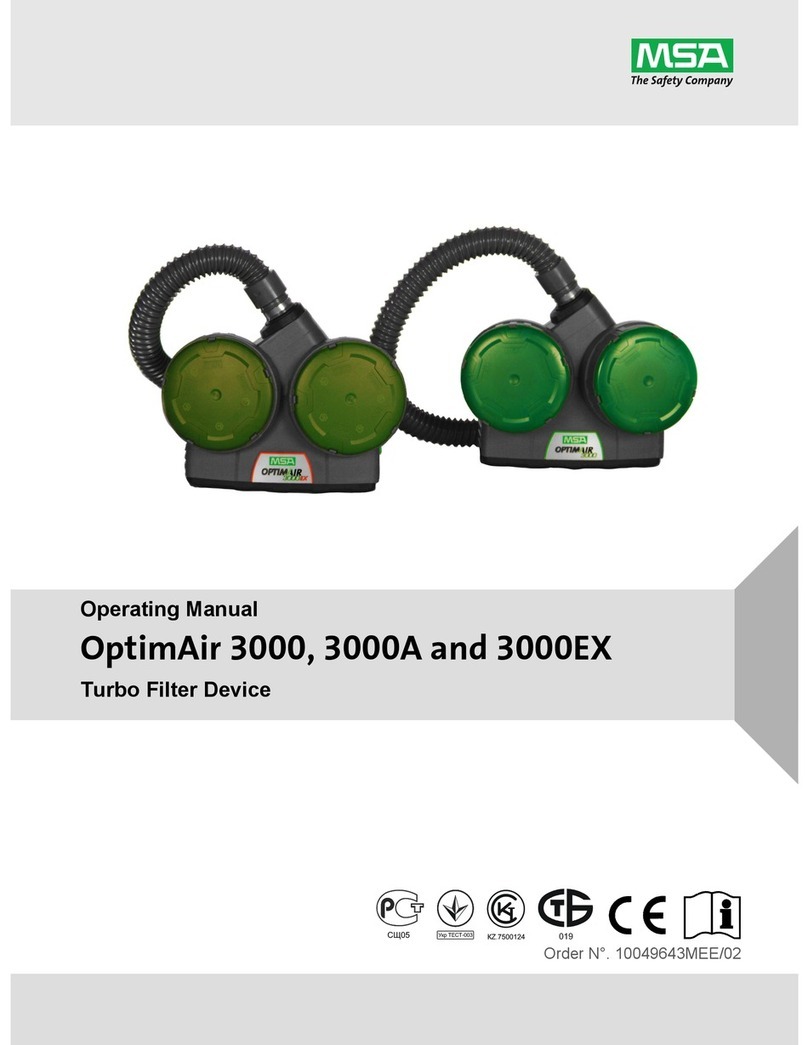
MSA
MSA OptimAir 3000 User manual
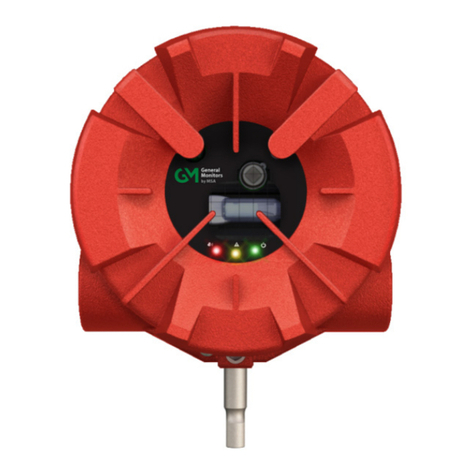
MSA
MSA General Monitors FL500 UV/IR User manual
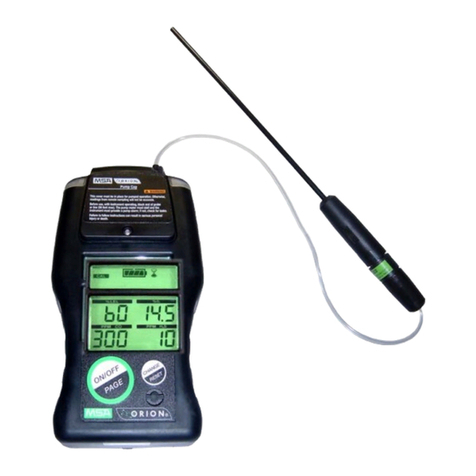
MSA
MSA ORION User manual
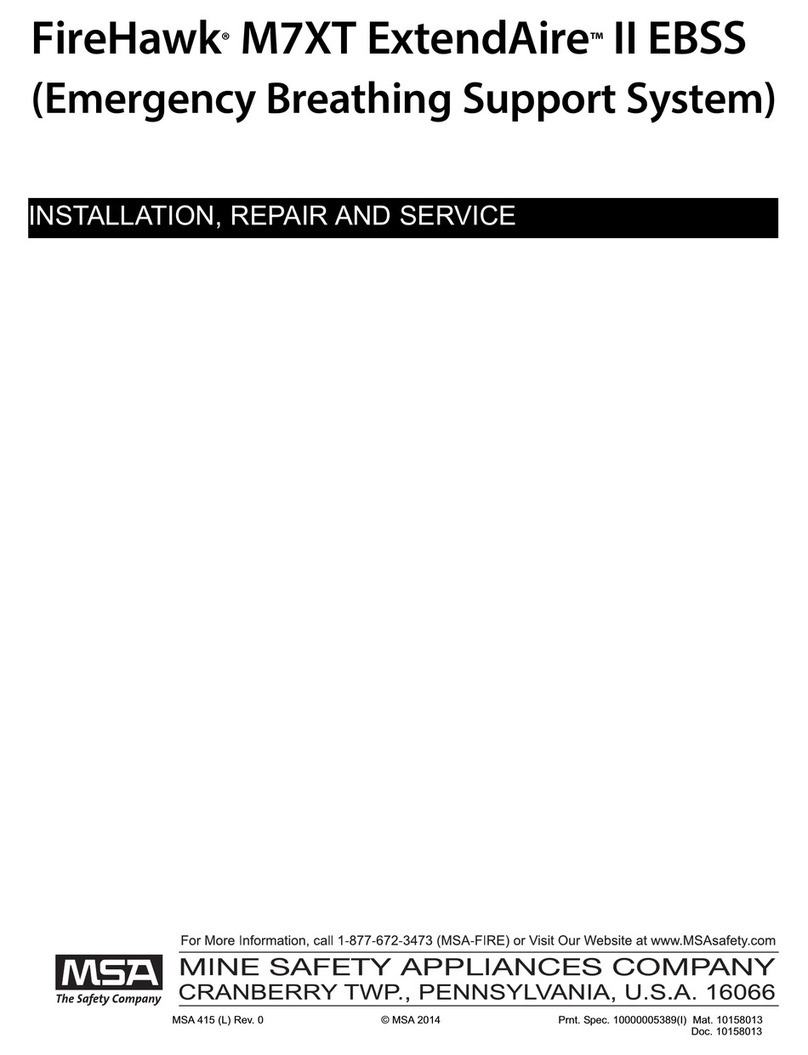
MSA
MSA FireHawk M7XT ExtendAire II Use and care manual
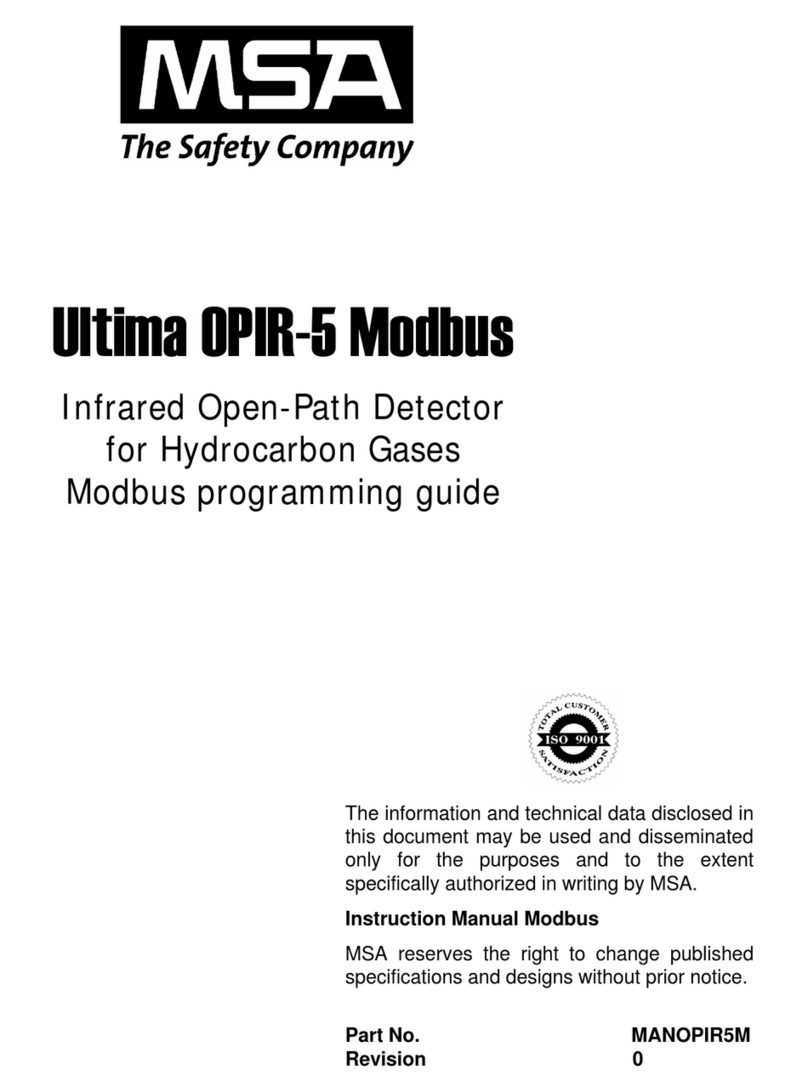
MSA
MSA Ultima OPIR-5 Operating instructions
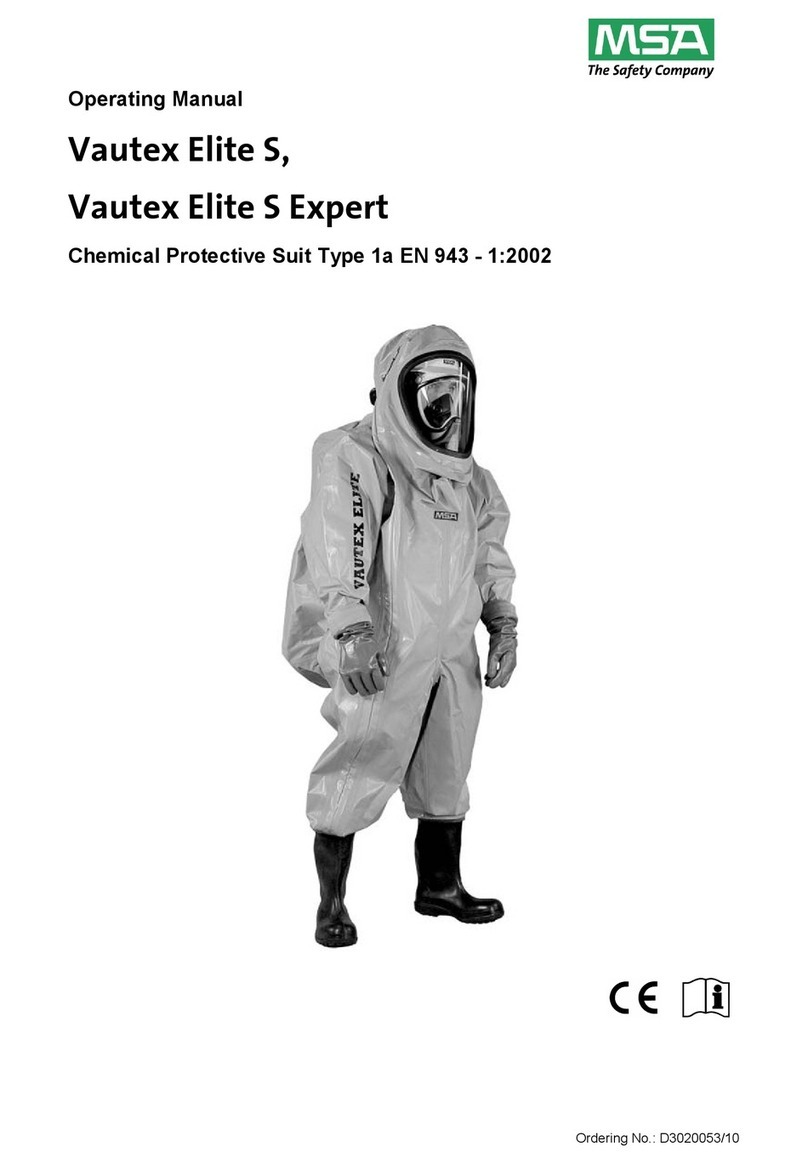
MSA
MSA Vautex Elite S User manual

MSA
MSA left/RIGHT User manual

MSA
MSA 10102693 Operation instructions
Popular Security Sensor manuals by other brands

Shinko
Shinko SE2EA-1-0-0 instruction manual

Det-Tronics
Det-Tronics X Series instructions

ACR Electronics
ACR Electronics COBHAM RCL-300A Product support manual

TOOLCRAFT
TOOLCRAFT 1712612 operating instructions

Elkron
Elkron IM600 Installation, programming and functions manual

Bosch
Bosch WEU PDO 6 Original instructions

